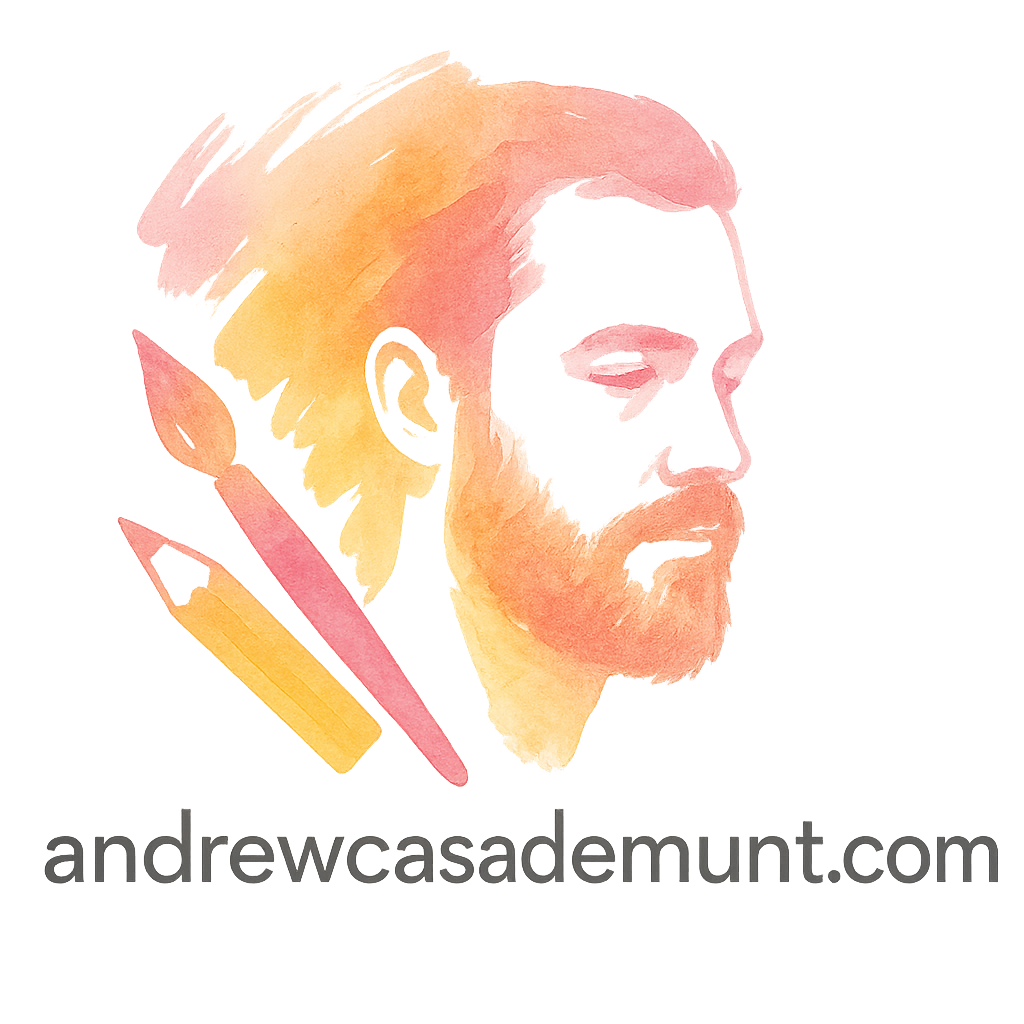Introduction: Why Design Is the Secret Sauce to Loyalty
Ever wonder why some brands just stick with you? It’s not just their catchy slogan or irresistible products. It’s their design—how they look, feel, and communicate visually. In today’s hyper-competitive world, brand loyalty through design isn’t just a “nice-to-have”—it’s a must.
In this article, we’ll walk through 7 proven, creative ways to spark emotional bonds and repeat customers through thoughtful design. Buckle up!
1. Build a Memorable Visual Identity
The Power of Consistency Across Platforms
Think of your brand’s design like your wardrobe. If every day you show up wearing completely different styles, people won’t recognize you. Your brand needs to be instantly recognizable on your website, social media, packaging—everywhere.
Consistency creates trust. Trust builds loyalty.
Check out this Creative Branding guide to dive deeper into making your brand unforgettable.
Colors, Fonts, and Imagery That Speak Your Brand
Colors stir emotion. Fonts express personality. Imagery tells stories.
Are you fun and quirky? Or bold and professional? Your design elements should reflect that consistently—especially when your goal is building long-term brand loyalty.
Use brand kits to lock in your visual DNA and maintain consistency from Instagram posts to invoices.
2. Tell a Story Through Your Design
Emotional Connection Through Visuals
People don’t remember products—they remember stories.
Design helps you show, not just tell. That might mean:
- A homepage that feels like an origin story.
- Packaging that celebrates your brand journey.
- Visuals that evoke nostalgia, joy, or purpose.
Stories make your audience feel like part of something bigger.
Explore inspiring examples on Creative Inspiration.
Case Studies That Inspire
Take Airbnb. Their entire platform design invites users into a story—belonging anywhere in the world. You’re not just booking a place to stay; you’re becoming part of a global narrative.
That’s design-driven storytelling done right.

3. Keep the User Experience (UX) at the Center
UX Design That Feels Like Magic
When a website just works, people notice. Actually, they don’t—and that’s the point. Great UX design is seamless, intuitive, and invisible.
Make it easy for your audience to engage, buy, subscribe, or share. Remove friction and watch loyalty grow.
The Role of Layout and Flow
Poor layout = confusion = exit.
Smart layout? It guides users like a well-lit path. Logical navigation, intuitive hierarchy, and bite-sized content increase the chance they’ll return.
Need inspiration? Browse Web Design strategies.
4. Personalize the Brand Experience Through Microinteractions
What Are Microinteractions?
Ever “liked” a tweet and saw the heart pop? That’s a microinteraction. Small animations and responses that bring joy.
Making Every Click Count
When you design these delightful moments—hover effects, animations, loading visuals—you show your audience you care. And that care is what builds loyalty.
Explore Creative Design tips to integrate micro-magic into your brand.
5. Align Design with Your Brand Voice and Message
The Bridge Between Words and Visuals
If your brand sounds like a Zen monk but looks like a punk rocker, your audience will be confused.
Design must echo your voice. If your copy is playful, your visuals should match. If you’re all about minimalism, your design should be clean and crisp.
Why Consistent Messaging Matters
This alignment strengthens trust. And remember: trust fuels loyalty.
Learn how to develop your Creative Strategy so every message looks and feels right.
6. Evolve With Your Audience Through Trend-Aware Design
Staying Modern Without Losing Identity
Design isn’t static. What worked 3 years ago may feel outdated today. But that doesn’t mean you should chase trends blindly.
Smart brands evolve while staying true to their core.
Understanding Your Audience’s Aesthetic
Keep tabs on what your audience responds to visually. Use surveys, A/B testing, and engagement analytics. Speak their visual language.
Embrace the fluidity of Creative Lifestyle and stay relevant without losing yourself.
7. Design for Community and Engagement
Loyalty Through Interaction and Feedback
Design doesn’t just communicate—it connects. Create feedback forms that are easy and fun to use. Add visuals to your community spaces that reflect your tribe.
Use polls, interactive posts, and even gamification to design experiences with your audience, not for them.
Making Design a Two-Way Street
Invite your audience into your design world—behind-the-scenes peeks, design choices, and even voting on colors or logos.
When people feel included, they become loyal advocates.
Grow your circle with insights from Creative Growth.
Conclusion: Good Design = Loyal Fans
At the end of the day, design isn’t just what it looks like—it’s what it feels like. And when your brand design makes people feel seen, connected, and valued, they’ll stick around for the long haul.
The secret to brand loyalty? Make them feel something—again and again.
Ready to level up your loyalty strategy through creative design? Tap into the full world of Creative Freelancing, Creative Marketing, and browse tags like Branding, Business, Clients, and Creative Mindset for more ideas.
FAQs
1. Why is design so important in brand loyalty?
Design creates emotional connections. When users feel a brand “gets” them visually, they’re more likely to return.
2. How can small businesses use design to build loyalty?
Even without a big budget, small businesses can use cohesive visuals, personalized UX, and storytelling to boost loyalty.
3. What’s the difference between branding and design?
Branding is the overall identity. Design is the visual expression of that identity. They go hand-in-hand.
4. How often should I update my brand design?
At least every 3–5 years—or sooner if your audience evolves rapidly. Stay modern but don’t lose your core look.
5. Can UX design really impact loyalty?
Absolutely. A smooth, frustration-free experience means users come back. It builds trust and comfort.
6. What are some design tools I can start with?
Try Canva, Figma, or Adobe Express for visuals. Use Hotjar or Google Analytics for UX insights.
7. Where can I find more resources on branding and design?
Head over to Andrew Casademunt’s site and explore categories like Freelancing, Habits, Layout, and Marketing.
